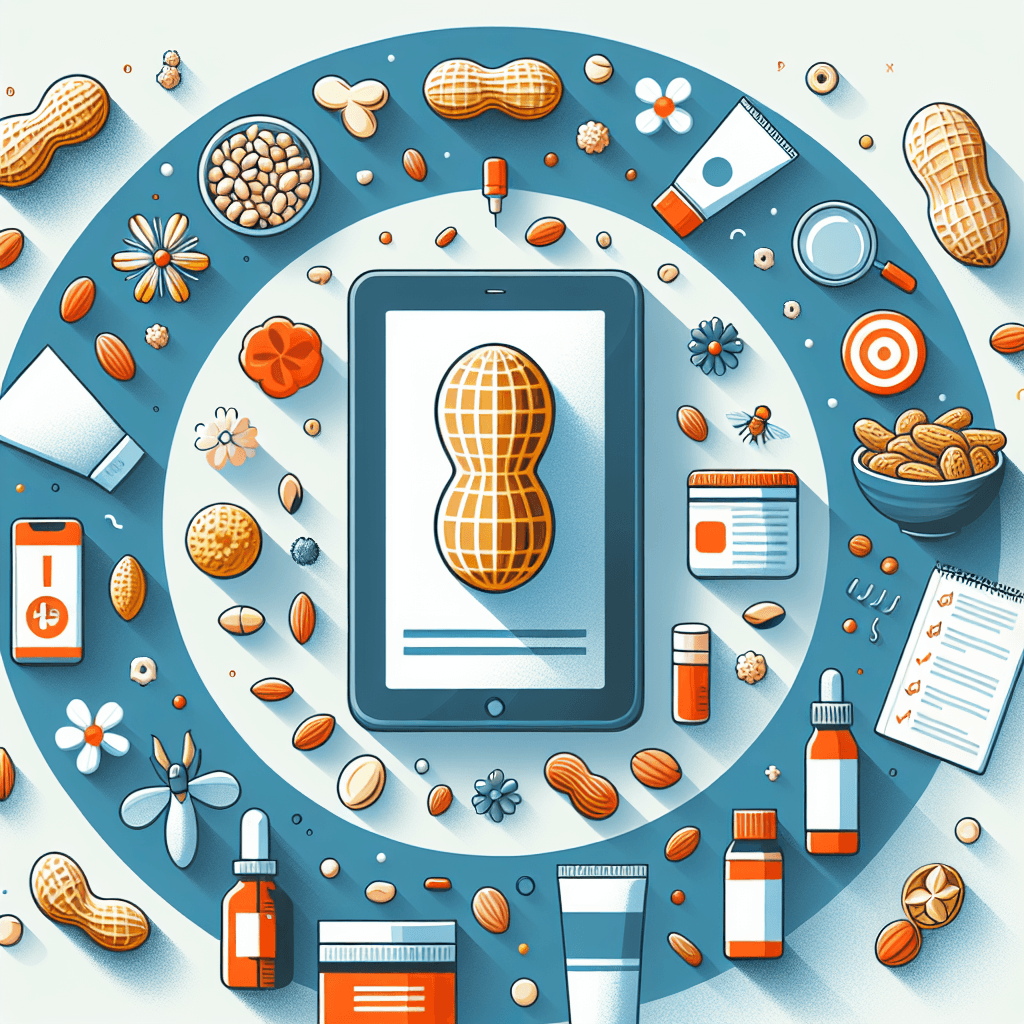Learn: Identifying Allergies
Concept-focused guide for Identifying Allergies (no answers revealed).
~7 min read

Overview
In this article, we’ll walk through the essential concepts underlying patient safety, allergy identification, accident prevention, and effective communication in the clinical environment—core themes reflected in the quiz. By the end, you’ll understand the reasoning behind best practices for reporting errors, preventing falls, teaching safe mobility, recognizing environmental hazards, handling conflicts, and ensuring allergy safety. You’ll also see how these skills come together to protect patients and staff and promote a culture of safety in healthcare settings.
Concept-by-Concept Deep Dive
Medication Error Reporting and Immediate Actions
What it is:
Medication errors, even those not causing harm, require prompt and appropriate responses. The nurse's immediate actions are critical for patient safety and institutional learning.
Key components:
- Patient assessment: Check the patient for adverse effects or changes in condition after an error.
- Notification: Inform the appropriate provider or supervisor as per protocol.
- Documentation: Accurately record the details of the error in medical and incident reports.
Step-by-step reasoning:
- Assess the patient: Always ensure the patient is safe and stable.
- Report the error: Follow facility policy for error reporting.
- Document: Record what was given, what happened, and the outcome.
Common misconceptions:
- “If no harm is done, no need to report”—This is incorrect. Reporting near-misses and minor errors helps prevent future incidents.
Environmental Safety and Accident Prevention
What it is:
Maintaining a safe environment is fundamental in healthcare to prevent patient injury, especially related to clutter, equipment, and fall risks.
Key components:
- Cluttered hallways: Can impede movement, delay emergency response, and increase fall risk.
- Room setup: Position furniture and equipment to allow easy, safe movement for patients and staff.
- Equipment safety: Ensure items like lifts and mobility aids are used correctly and stored safely.
Step-by-step reasoning:
- Survey the area: Regularly check for tripping hazards, spills, or obstacles.
- Address hazards immediately: Remove or report hazards as soon as noticed.
- Educate staff and patients: Reinforce safety protocols and proper equipment use.
Common misconceptions:
- Believing that minor clutter doesn’t matter—small obstacles can lead to serious injuries, especially for those with limited mobility.
Mobility Assistance and Patient Teaching
What it is:
Proper instruction and technique are vital when teaching patients to use assistive devices (like walkers) after surgery or injury.
Key components:
- Device fit and function: Ensure the walker or aid is correctly adjusted to the patient.
- Safe technique: Teach step sequence, weight-bearing status, and environmental awareness.
- Supervision: Monitor initial attempts and correct errors promptly.
Step-by-step reasoning:
- Assess patient ability: Check physical strength, balance, and understanding.
- Demonstrate and observe: Show correct use, then watch the patient try.
- Reinforce safety points: Highlight common mistakes and how to prevent them.
Common misconceptions:
- Assuming all clients know how to use equipment safely—many need step-by-step guidance and supervised practice.
Recognizing and Managing Conflict
What it is:
Conflicts between patients, or between patients and staff, can escalate quickly and threaten safety and care quality.
Key components:
- De-escalation: Approaching the situation calmly, without taking sides, and ensuring safety.
- Assessment: Determining the cause and potential for harm.
- Resolution: Addressing concerns and facilitating communication between parties.
Step-by-step reasoning:
- Ensure safety: Separate individuals if needed to prevent harm.
- Listen actively: Hear out each party’s concerns.
- Mediation: Guide toward a solution or refer to appropriate resources.
Common misconceptions:
- Jumping straight to disciplinary action; often, conflicts resolve with communication and understanding.
Fall Risk Assessment in Older Adults
What it is:
Older clients are at heightened risk for falls due to age-related changes and comorbidities. Proactive assessment is essential.
Key components:
- Intrinsic factors: Mobility, balance, vision, cognition, and medications.
- Extrinsic factors: Environmental hazards, improper footwear, bed height.
🔒 Continue Reading with Premium
Unlock the full vlog content, professor narration, and all additional sections with a one-time premium upgrade.
One-time payment • Lifetime access • Support development
Join us to receive notifications about our new vlogs/quizzes by subscribing here!